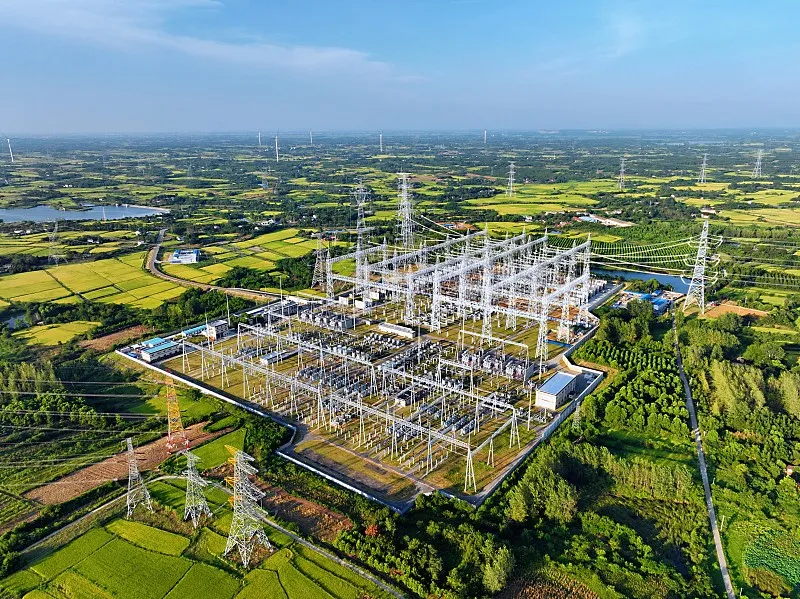What Are the Latest Innovations in Gas Stove Technology?
Smart Control and Digital Integration
Connectivity Features for Enhanced User Convenience
Modern gas stove technology is evolving rapidly with smart connectivity features designed to improve ease of use and precision in cooking. Many newer models now include Wi-Fi or Bluetooth capability, enabling remote control via smartphone apps. These apps allow users to preheat burners, set timers, monitor flame intensity, and even receive maintenance alerts without needing to be near the stove. Integration with home automation systems, such as Google Home or Amazon Alexa, also allows voice-activated commands for hands-free operation. These smart control features streamline the cooking process, making it easier to multitask in the kitchen while maintaining accurate cooking parameters. Additionally, digital integration enhances safety by sending notifications in case of burner malfunction or if a flame is left unattended. As consumers seek more convenience and smarter appliances, connected gas stoves are becoming a central component of modern kitchens.
Touchscreen Interfaces and Automated Burner Settings
Another key innovation in gas stove design is the replacement of traditional knobs with intuitive touchscreen interfaces that provide a seamless cooking experience. These interfaces allow users to choose preset cooking modes for common tasks like boiling, simmering, or searing, automatically adjusting the flame size and heat output for optimal results. The touchscreens often include timers, digital temperature readouts, and child-lock functions for improved safety and control. This digital advancement reduces the trial-and-error process of manual heat adjustment, ensuring consistent cooking outcomes across different recipes. Automated burner systems also include smart sensors that detect cookware placement and size, optimizing energy use and enhancing flame efficiency. The result is a gas stove that offers the precision of an electric range while retaining the powerful performance that gas is known for.
Advanced Safety and Flame Technology
Automatic Flame Failure Detection and Reignition Systems
Safety is a top priority in the latest gas stove innovations, and manufacturers are equipping models with automatic flame failure detection and reignition systems. These features use advanced sensors to detect whether the flame has gone out due to a draft or spill and immediately cut off the gas supply to prevent leaks. In some systems, the burner will attempt to automatically reignite the flame using an electric spark igniter, reducing the need for user intervention. This technology not only protects against gas buildup but also adds a layer of convenience by eliminating the need to manually relight burners. In households with children or older users, these features significantly reduce the risk of fire hazards and ensure consistent safety even during long or complex cooking sessions. With growing awareness of kitchen safety standards, these innovations are becoming increasingly expected in high-quality gas stove models.
Infrared Burners and Precision Heat Distribution
One of the more sophisticated upgrades in gas stove technology is the introduction of infrared burner systems. These burners utilize infrared radiation to heat cookware directly, resulting in quicker heat-up times and more uniform temperature distribution. Unlike conventional open flames that lose heat to the surrounding air, infrared burners focus energy directly on the pan surface, making cooking more efficient. This method also minimizes flare-ups and maintains a consistent flame size regardless of external airflow or ambient temperature conditions. Additionally, some models combine traditional gas flames with infrared zones to offer hybrid performance for different cooking tasks. This innovation is particularly valuable in professional kitchens where speed, precision, and consistency are essential. As infrared technology becomes more affordable and widespread, it is expected to become a standard feature in both residential and commercial gas stove markets.

Design Enhancements and Material Improvements
Sleek, Ergonomic Designs for Modern Kitchens
The aesthetics of gas stoves have evolved significantly, with modern designs focusing on seamless integration into contemporary kitchens. Many high-end models now feature minimalist surfaces, concealed burners, and flush-mounted installations that align with countertops and cabinetry. Controls are often front-facing and backlit for visibility, or integrated into the cooktop itself for a streamlined look. Manufacturers also offer customizable color finishes, from classic stainless steel to matte black and white, allowing users to match the appliance with existing decor. In addition to appearance, ergonomic enhancements include easier-to-grip knobs, angled control panels, and burner layouts optimized for multi-pan cooking. These refinements make the cooking experience more comfortable and intuitive while elevating the overall appearance of the kitchen space. As kitchen design continues to play a central role in home renovations, gas stove manufacturers are prioritizing both form and function in new models.
Durable Materials and Easy-to-Clean Surfaces
Durability and maintenance have also seen significant improvements thanks to the use of advanced materials in gas stove construction. High-quality models now use heat-resistant tempered glass, ceramic, or enamel-coated steel surfaces that resist scratching, staining, and discoloration. These materials not only enhance the visual appeal of the appliance but also simplify the cleaning process, as spills can be wiped away with minimal effort. Burner grates made of cast iron with porcelain coating are both rugged and easier to maintain, preventing rust and preserving heat evenly during cooking. Some stoves include removable spill trays or sealed burners that prevent food and liquids from seeping into hard-to-reach areas. These design features reduce the long-term maintenance required and improve overall hygiene, especially in high-use kitchens. With consumer preferences shifting toward low-maintenance appliances, these material enhancements offer both practicality and peace of mind.
Efficiency and Environmental Considerations
Low-NOx Burners for Reduced Emissions
Environmental concerns are driving innovation in gas stove burner technology, particularly with the development of low-NOx burners designed to reduce nitrogen oxide emissions. NOx gases are harmful pollutants produced during combustion and are associated with respiratory problems and environmental degradation. Low-NOx burners use advanced combustion techniques and air-gas mixing technology to minimize these emissions while maintaining high flame performance. These burners are increasingly found in eco-conscious homes and buildings seeking to meet stricter indoor air quality and environmental standards. Some models go further by including catalytic converters that neutralize emissions before they enter the air. This innovation allows users to enjoy the benefits of gas cooking without compromising health or contributing significantly to indoor pollution. As green regulations become more widespread, adopting low-NOx technology is likely to become a key selling point for gas stove manufacturers.
Hybrid Gas-Electric Models and Energy Monitoring
A growing trend in kitchen appliance design is the development of hybrid gas-electric stoves that combine the instant heat control of gas with the precision and efficiency of electric features. These dual-fuel models typically pair a gas cooktop with an electric oven, giving users the best of both worlds. Some newer designs take this a step further by incorporating electric sensors, induction zones, or convection heating features into the gas cooktop itself. Additionally, smart energy monitoring systems allow users to track gas consumption in real time via connected apps, encouraging energy-efficient cooking habits. These innovations not only support more sustainable living but also provide valuable insights into daily energy use, enabling households to make cost-effective and environmentally conscious decisions. As smart home ecosystems expand, these hybrid and monitoring features are expected to become increasingly popular in next-generation gas stove designs.
FAQ
What makes a smart gas stove different from a traditional one?
A smart gas stove integrates digital features like Wi-Fi connectivity, touchscreen controls, and app-based remote management, allowing users to control and monitor cooking processes more precisely and conveniently than with traditional models.
Are infrared gas burners better than conventional ones?
Infrared burners offer quicker heating, better energy efficiency, and more consistent temperature distribution by using radiant heat directly, making them an excellent choice for both home cooks and professional kitchens seeking improved performance.
How do low-NOx burners impact air quality?
Low-NOx burners significantly reduce nitrogen oxide emissions during combustion, improving indoor air quality and helping households comply with environmental standards related to gas appliance emissions.
Is it worth investing in a hybrid gas-electric stove?
Yes, hybrid gas-electric stoves provide the flexibility of gas cooking with the precision of electric features and often include smart energy tracking, offering a versatile and future-proof cooking solution.







